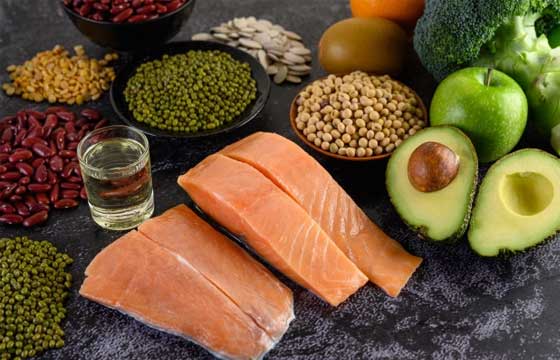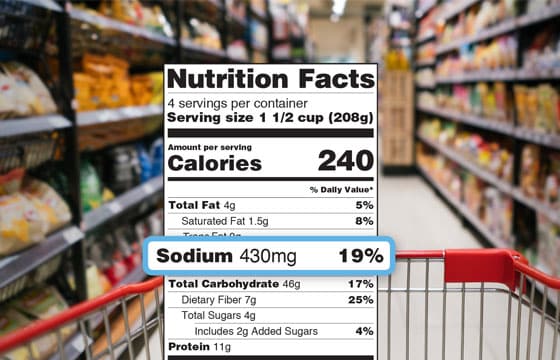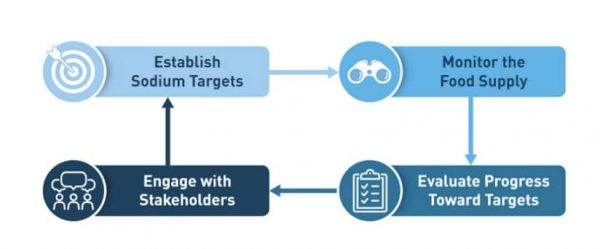 Medicinal Mushrooms in powder, capsule or liquid form can be licensed as Natural Health Product (NHP) in Canada. To sell NHP legally in Canada, you must have received a Natural Product Number (NPN) and have the product sold with a Bilingual label and packaging.
Medicinal Mushrooms in powder, capsule or liquid form can be licensed as Natural Health Product (NHP) in Canada. To sell NHP legally in Canada, you must have received a Natural Product Number (NPN) and have the product sold with a Bilingual label and packaging.
What is a Natural Health Product (NHP)?
An NHP is regulated by the Natural and Non-prescription Health Products Directorate (NNHPD) under the Natural Health Products Regulations. Under the regulations, it is defined as products containing naturally occurring substances including Probiotics, Herbal remedies, Vitamins and minerals, Homeopathic medicines, Traditional medicines (e.g. Traditional Chinese and Ayurvedic medicines), and other substances (e.g. amino acids and essential fatty acids). These products are used to treat or prevent an illness, reduce health risks, and maintain general good health.
What is a Natural Product Number (NPN)?
All NHPs must have a product license and the Canadian site must have a site license to conduct activities including manufacturing, packaging, labelling, and/or importing in Canada. Prior to selling the product, the company must submit NHP applications for Health Canada to review and assess its safety, efficacy, and quality. Once it has been approved, Health Canada will authorize the product license and give permission for the company to sell the NHPs in Canada. This product license comes with an eight-digit NPN, and this number is required to be present on the front panel of the NHP label.
What is the NHP Label requirement?
All NHPs must have a bilingual NHP label that is compliant to the NHP Regulations. This is to ensure the NHP is labelled and packaged according to regulations to help consumers make more informed choices about the NHP they take. There is a list of specific requirements and information that must appear on the NHP labels, both inner and outer, and the information is based on the product license you received from Health Canada, including dosage form, recommended purpose, risk information, medicinal ingredients, non-medicinal ingredients, and product license holder information.
What is Natural Health Products Ingredients Database (NHPID)?
NHPID is a database that Health Canada built to store pre-cleared information approved by the Natural and Non-prescription Health Products Directorate (NNHPD). The NHPID provides details to the approved medicinal ingredients, non-medicinal ingredients, non-NHP ingredients, and NNHPD single ingredient and product monographs which contain dose information, recommended purpose and risk information. The NHPID also includes a search engine and allows you to navigate the database with ingredient terminologies such as NHPID name, common/proper name, and chemical abstracts service (CAS) numbers. Many mushroom medicinal ingredients such as Maitake, Lion’s Mane, Chaga, Shiitake, and Turkey Tail are already registered in NHPID and have pre-cleared supporting information in the Mushrooms Product Monograph.






